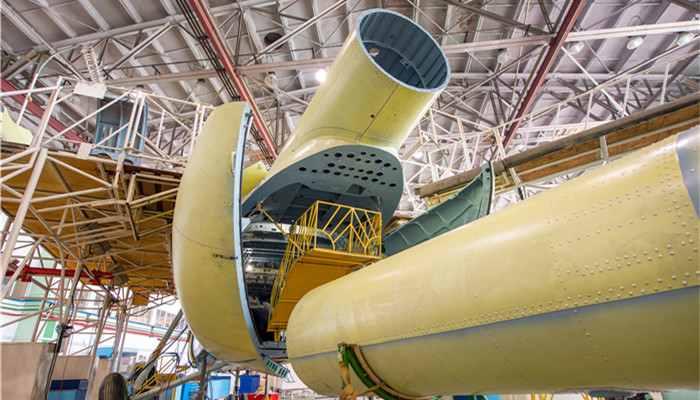
The application time of diffusion coating is longer and the proportion of platinum modified aluminide coating is higher.
Diffusion coating is a type of high-temperature protective coating that can be used in the field of protection of hot-end components of aerospace engines. According to the “Diffusion Coating Industry In-depth Market Research and Investment Strategy Suggestions Report 2022-2026” released by the Industrial Research Center, diffusion The coating uses anti-oxidation elements, such as aluminum, chromium, silicon, etc., which are in contact with the metal/alloy matrix. During the diffusion process, they react with elements in the matrix to form intermetallic compounds, which enter the surface of the matrix to form a coating. The diffusion coating has strong adhesion and can improve the oxidation resistance of the substrate. The most commonly used anti-oxidation element in diffusion coatings is aluminum, which is generally applied on the surface of nickel-based and cobalt-based alloys to form nickel-aluminum and cobalt-aluminum coatings.
The hot-end components of aerospace engines are mainly made of high-temperature alloys. High-temperature alloys need to meet both stable high-temperature mechanical properties and excellent high-temperature corrosion resistance. However, in general, it is difficult for these two performance high-temperature alloys to meet the optimization requirements at the same time. Usually In this case, high-temperature alloys mainly meet the requirements for stable high-temperature mechanical properties, and high-temperature corrosion resistance needs to be achieved by relying on high-temperature protective coatings. Diffusion coating is the earliest high-temperature protective coating applied to the hot end parts of aerospace engines. It mainly includes two major categories of products, namely aluminized coating (aluminide coating) and modified aluminide coating (improved aluminide coating). coating).
Aluminized coating, aluminum as a coating material, thermally diffuses on the surface of nickel-based alloys, cobalt-based alloys and other substrates. During the coating diffusion and formation process, the matrix elements will enter the coating to participate in the reaction to generate nickel-aluminum, cobalt-aluminum, etc. Intermetallic compounds form a coating, so the aluminized coating has strong adhesion, and the coating has a dense film structure and strong oxidation resistance. The aluminized coating process is simple and has stable performance, but it has poor corrosion resistance, high brittleness and short service life. Therefore, modified aluminide coatings were developed.
Modified aluminide coating is to add a small amount of silicon, chromium, platinum and other elements to the aluminized coating to improve the coating performance. Silicon-modified aluminide coatings can improve high-temperature corrosion resistance and extend service life, but still have the disadvantage of being brittle; chromium-modified aluminide coatings can significantly improve high-temperature corrosion resistance and extend service life, but the preparation process is relatively complex. The shortcomings of complexity and brittleness have not been well improved; in addition to improving high temperature corrosion resistance and extending service life, platinum-modified aluminide coatings also have excellent spalling resistance and functional stability. Among the three common modifications The effect is most obvious among aluminide coatings, with a higher application ratio.
Industry analysts said that diffusion coatings and cladding coatings have been used for a long time in the field of protection of hot-end components of aerospace engines. In the early days, Europe prefers modified aluminide coatings, and the United States prefers MCrAlY coatings. At present, diffusion coatings are still used in hot-end components of aeroengines, but new high-temperature protective coatings are constantly emerging, such as thermal barrier coatings, environmental barrier coatings, etc., especially with the development of lightweight aircraft and large thrust-to-weight ratios. The application proportion of silicon carbide ceramic matrix composites continues to rise, new environmental barrier coatings have greater development potential, and the diffusion coating market is being squeezed.

 微信扫一扫打赏
微信扫一扫打赏

